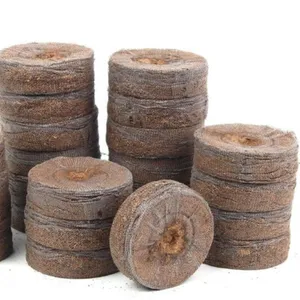
Hot Product For Plants/ ORGANIC Coco Peat Pellets/ Coco Peat Pellets For Grow Seedling Made in Eco2go Viet Nam

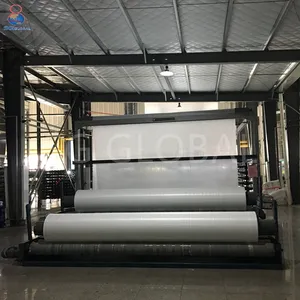
Biodegradable How Heavy Duty Plastic Mulch Polypropylene Woven Agriculture Ground Cover Landscape Fabric Weed Control Roll







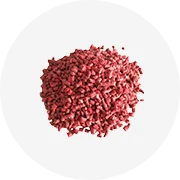
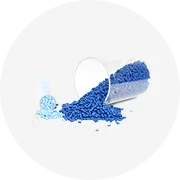


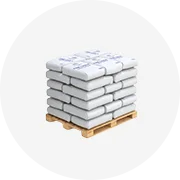
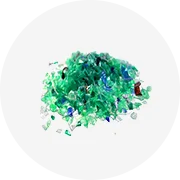
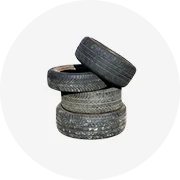
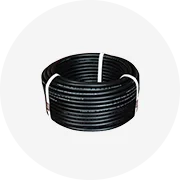

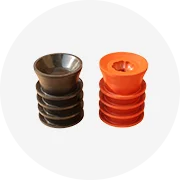
In the world of landscaping, mulch is a crucial element, providing a myriad of benefits from weed control to soil enrichment. However, the traditional mulches we've come to know, both organic and inorganic, are being challenged by a new contender: coco mulch. Derived from the husk of coconuts, this eco-friendly alternative is revolutionizing the way we approach landscaping. This article delves into the world of traditional mulches, introduces the concept of coco mulch, and explores its benefits, comparisons, environmental impact, and practical applications, supported by real-life success stories.
Mulch is a vital component in landscaping, used to prevent weeds, enrich soil, and maintain temperature. It comes in two categories: Organic and Inorganic. Organic mulch, made from materials like bark or straw, improves soil nutrients, aeration, and drainage. Inorganic mulch, made from non-biodegradable materials like plastic or stone, excels in weed control and aesthetics but doesn't enrich the soil. Various types of organic mulch include bark mulch, hardwood mulch, color-dyed mulch, playground mulch, mushroom mulch, and wood chips, each with unique properties and applications.
Coco coir, or coconut coir, is a product made from the coconut husk, a by-product of the coconut industry. The coco pith, also known as coco peat, has a fine and spongy material, while coconut fibers are stringy. Coco coir contains both of these elements. These products have a variety of uses, including as a growing medium, soil amendment, and basket. Coco coir is also a popular mulch product. When used as mulch, it covers the soil, conserving soil moisture, improving fertility and health of the soil, reducing weed growth, and enhancing the visual appeal of the area.
Coconut coir, or coco mulch, is a valuable mulching material. It's known for its superior moisture retention, making it ideal for keeping your plants hydrated. As it slowly decomposes, it enriches your soil with nutrients, acting as a natural compost. This eco-friendly mulch is free from harmful plastics and chemicals, making it a sustainable choice for your garden. Its affordability and numerous benefits make it a worthy addition to your gardening routine.
Coco mulch, a relatively new entrant in the market, has shown promising results in comparison to traditional mulches. Unlike wood chips, coco mulch maintains its rich golden color and texture over time. It's easy to handle, as it comes in a compressed bale that expands when water is added. This mulch also survives winter well, reducing the need for frequent replenishment. Despite being more expensive initially, its durability makes it cost-effective in the long run. Coco mulch can be easily moved aside for planting, making it a convenient choice for perennial beds.
Using coconut coir, or coco mulch, is an environmentally friendly alternative to non-renewable mulches like peat moss. This natural waste product, derived from the outer shell of coconut husks, is separated, cleaned, sorted, and graded before shipping. Its use as mulch has gained popularity among gardeners in recent years. Not only does it serve as a great mulch, but it also finds applications in making brushes, ropes, upholstery stuffing, and doormats.
Coconut coir mulch is a valuable addition to your gardening routine. It's not only affordable and eco-friendly but also offers numerous benefits. It retains moisture effectively, releasing it into your garden to keep your plants hydrated. As it decomposes, it enriches your soil with nutrients. These qualities make it a superior choice over mulches containing harmful plastics and chemicals.
A recent experiment with a popular seed product that uses coco coir or recycled coconut husks, showed promising results. The coir, being 100% organic, holds up to 10 times its weight in water, changing color and expanding in size to envelop the seed. This slow release of water ensures the seedbed stays moist. The user is considering a full-scale renovation using coir instead of traditional mulches like peat moss or straw, indicating potential for coco mulch in landscaping.
Coco mulch, a by-product of the coconut industry, is proving to be a game-changer in the landscaping world. Its superior moisture retention, soil enrichment properties, and environmental friendliness make it a compelling alternative to traditional mulches. Its durability and ease of use, coupled with its cost-effectiveness over time, make it a practical choice for gardeners. The success stories of coco mulch landscaping further underscore its potential. As we strive for more sustainable practices, coco mulch stands out as a promising solution, revolutionizing our approach to landscaping.